Cosmetic
&
Plastic Surgery
Cosmetic surgery is a type of plastic surgery that aims to improve a person’s appearance, but it should be approached with caution.
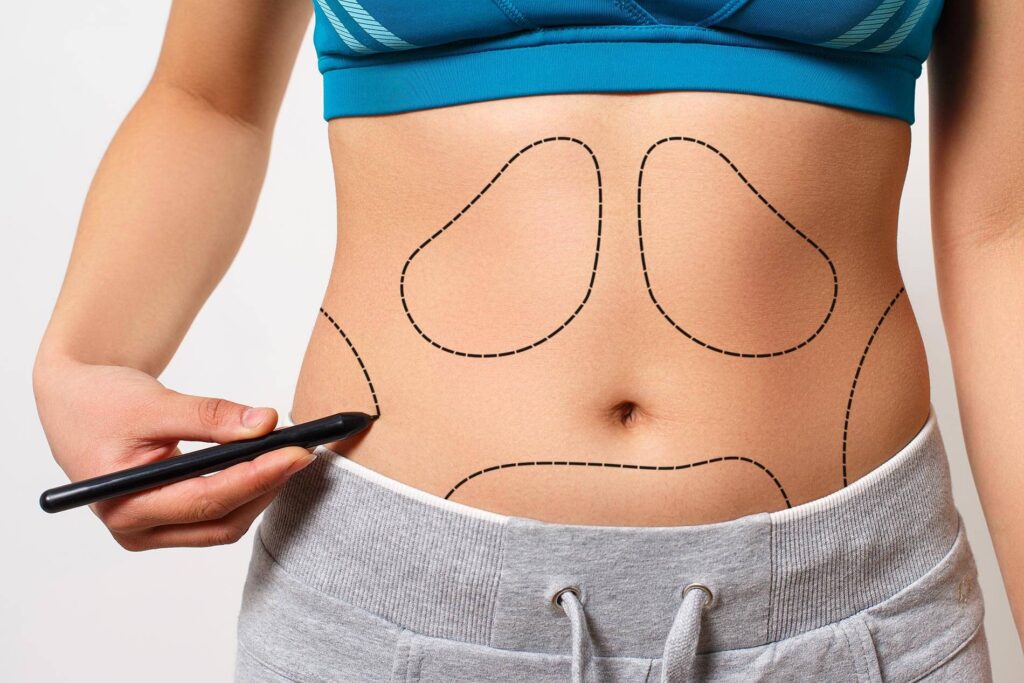
Cosmetic
&
Plastic Surgery
Cosmetic surgery is a type of plastic surgery that aims to improve a person’s appearance, but it should be approached with caution.
Procedures are available for almost any part of the body, but the choice to undergo cosmetic surgery should not be taken lightly. The results are often permanent, so it is important to be sure about the decision, to use an appropriate practitioner, and to have the right motivation.
A surgeon may refer a patient for counseling before surgery if they believe there is an underlying problem that cannot be solved by the surgery, or if the patient shows signs of Body Dysmorphic Disorder (BDD).
Reconstructive surgery is another type of plastic surgery. It aims to improve function and to give a normal appearance to a part of the person’s body that has been damaged, for example, after a mastectomy.
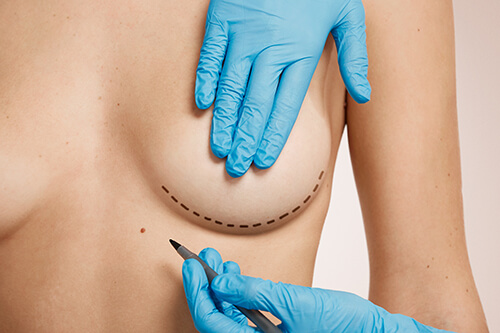
Breast Surgery
Breast augmentation, or enlargement, traditionally performed using saline or silicone gel prosthetics, and now occasionally with fat grafting.
It may be carried out if the woman feels her breasts are too small, if one breast is larger than the other, or if the breasts have changed after pregnancy or breastfeeding. Some older women opt for this treatment when the breasts being to droop due to the skin losing elasticity.
In some women, a breast enlargement can boost self-esteem and improve their feelings about their sexuality. In some, however, existing problems remain. This is why women are encouraged to undergo counseling first.
Breast reduction can help provide relief from physical discomfort, while the aim of augmentation more often relates to appearance. Breast reduction may also reduce the risk of breast cancer in women who are at high risk of the disease.
Mastopexy, or a breast lift, involves removing skin and glandular tissue to make the breasts smaller and rearranging the remaining tissue to make the breast appear lifted.
Depending on how much volume a patient has lost or desires, mastopexy can be combined with an implant. While it is similar to a breast reduction, which removes a much greater amount of tissue, mastopexy is not usually covered by major insurance carriers as it is not deemed medically necessary.
Male breast reduction treats gynecomastia, an enlargement of the mammary tissue in men. It may be done by liposuction or with various scar patterns, often hidden around the nipple and areola.
Liposuction
Liposuction, or suction-assisted lipectomy, uses thin cannulas, or hollow metal tubes, to vacuum fat from various parts of the body, usually the abdomen, thighs, buttocks, hips, backs of the arms, and neck. Liposuction may also be used for male breast reduction.
Tools used in liposuction include standard, ultrasound, mechanical, and laser devices. They all tend to involve the suction of fat through a tube.
To prevent complications, there is a limit to the amount of fat that the surgeon can safely remove, depending on whether the patient will be discharged immediately after surgery or admitted to the hospital.
Liposuction should not be intended as a weight-loss procedure. When performed in the right patient, the goal is to improve contour and decrease limited areas of fat deposits.
Complications are rare but possible. They include the accumulation of blood under the skin, known as hematoma, infection, changes in sensation, allergic reactions, damage to underlying structures, and unsatisfactory results. The doctor must discuss these with the patient beforehand.
Liposuction does not reduce the risk of developing diabetes, heart disease, or high blood pressure.
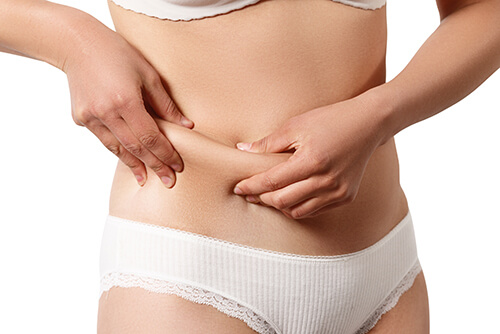
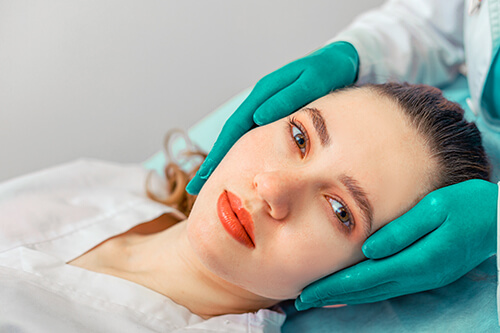
Facial Cosmetic Surgery
Blepharoplasty, or eyelid surgery, aims to reshape the eyelids. With age, the skin becomes lax, and there may be drooping or hooding of the upper lids, and bags on the lower lids. Eyelid surgery may be functional, cosmetic, or both. It usually involves removing or repositioning excess skin and fat, and the procedure may reinforce surrounding muscles and tendons.
Surgery can change the shape of the face or tighten the skin.
In rhinoplasty, also known as a “nose job,” the surgeon reshapes the patient’s nose to improve the appearance and often breathing, too. It may involve reshaping the tip and reducing the bony hump at the upper aspect of the nose.
It can be performed with small incisions that are well hidden, often inside the nostrils. Surgeons do not recommend rhinoplasty until the patient is at least 15 years old, to allow for full growth of the cartilage and bone of the nose.
Otoplasty, or ear surgery, treats prominent or misshapen ears by surgically “pinning” the ear closer to the head with sutures, reshaping the cartilage, or both.
One or both ears may be treated. It is most commonly performed in children after 5 or 6 years as the ears have essentially reached adult size by that age.
Rhytidectomy, also known as a facelift, aims to surgically remove wrinkles and tighten facial skin in order to achieve a more youthful appearance.
Typically, the incision is placed in front of and behind the ears, extending into the hairline in the temple area. The skin is lifted off the deeper facial tissue, redraped more tightly, and the excess skin is removed. The incisions are then closed with sutures.
The deeper tissues of the face and neck may also be tightened. Blepharoplasty, or eyelid surgery may be done at the same time.
A brow lift, browplasty, or forehead lift aims to remove signs of aging by raising drooping eyebrows and removing forehead wrinkles, or worry lines. It is often done alongside other cosmetic procedures to achieve a more harmonious facial appearance.
Chin augmentation aims to make the chin more prominent and provide a better balance of facial features. It may be done at the same time as rhinoplasty, depending on the measurements taken before surgery. It can be performed with either a prosthetic implant or through manipulation of the chin bone.
Malar, or cheek, augmentation can make the cheekbones more prominent. The surgeon may place an implant at the top of the cheekbones.
Chemical Peels
Chemical peels may help treat acne, pockmarks, scars, or wrinkles. A number of active agents may be used.
A light or superficial peel uses Alpha Hydroxy Acids (AHAs) such as glycolic, lactic, or fruit acids to treat the outermost layers of the skin.
A medium peel usually involves TCA (tri-chloroacetic acid) of various concentrations. It penetrates the dermis, or deep layer of the skin, to a greater depth than the light peels. The recovery and pain are more significant than the lighter peels. Redness and flaking may persist for several days or weeks.
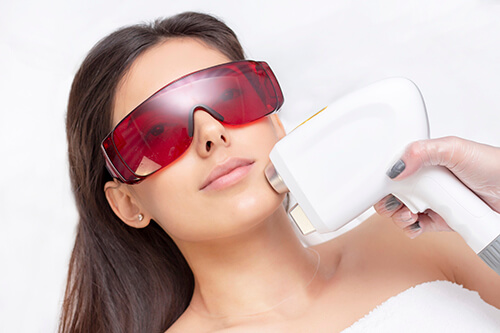
Laser
Lasers and light-based facial treatment, also known as facial laser resurfacing or laser skin treatment, can help reduce fine lines, wrinkles, and abnormal pigmentation, such as sunspots. The treatment utilizes concentrated, pulsating beams of light.
A variety of laser types are used, and these vary in aggressiveness and downtime. It may take several sessions to see results.
Botox
Botulinum toxin, or botox, is the brand name of a toxin produced by the bacterium Clostridium botulinum (C. botulinum), first approved by the FDA in the 1980s for muscle spasms.
A range of cosmetic surgery procedures aims to improve appearance.
It is used to treat wrinkles and facial creases.
It acts by blocking the signal from nerves to the muscles that are injected. The injected muscle can no longer contract, or tighten, as forcefully as before, and this leads to a controlled relaxation of the muscles.
It is approved for the treatment of frown lines on the forehead, crow’s feet, or lines around the eye, and axillary hyperhidrosis, or increased sweating of the armpits.
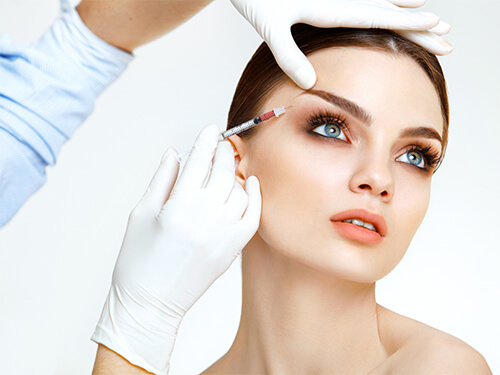
Fat Graft
Fat injections and fat grafting have broad applications in cosmetic surgery.
The patient’s own fat is collected from one part of the body using liposuction, and it is injected into areas requiring volume enhancement. It is usually applied to the face, including the lips, the hands, and depressions in skin contour.
The results are generally safe and long-lasting, and it can have the additional benefit of removing fat from a place where it is not wanted. The fat is removed, washed, and purified, and then carefully re-injected with specially designed needles. Sometimes the procedure needs to be repeated several times for best results.
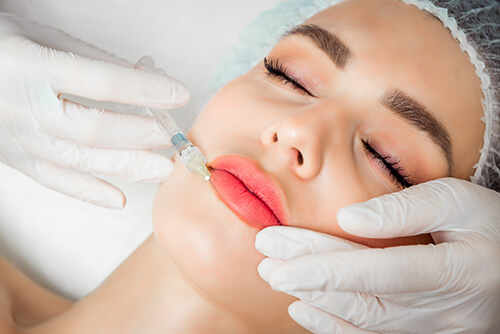
Soft Tissue Fillers
Soft tissue fillers, or dermal fillers, are medical device implants approved by the FDA for use in helping to create a smoother, fuller appearance in the face.
They can be used to treat nasolabial folds, cheeks, and lips, and to increase the volume of the back of the hand.
They can also reduce wrinkles, lines, and scars, and augment soft tissue contours. They are not permanent, but they are degraded by the body, so repeat treatments may be necessary to maintain the effect.